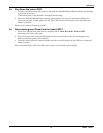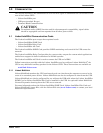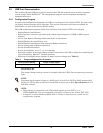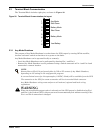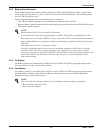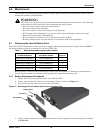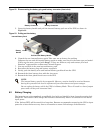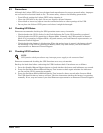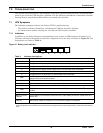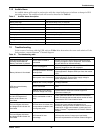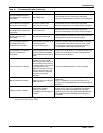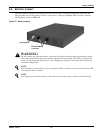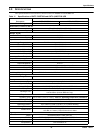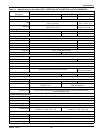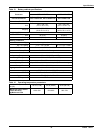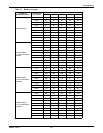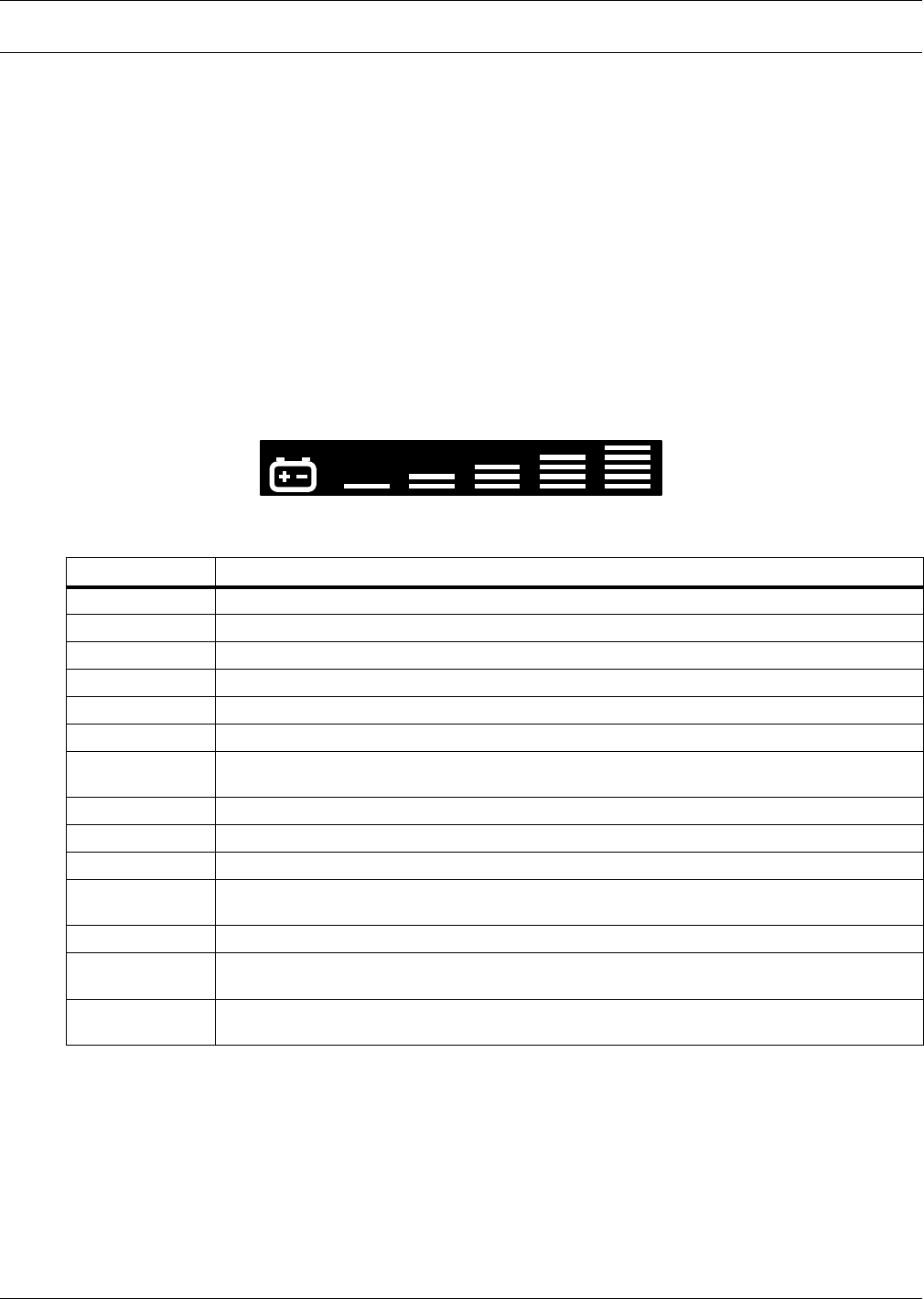
Troubleshooting
29 Liebert
®
GXT3
™
7.0 TROUBLESHOOTING
This section indicates various UPS symptoms a user may encounter and provides a troubleshooting
guide in the event the UPS develops a problem. Use the following information to determine whether
external factors caused the problem and how to remedy the situation.
7.1 UPS Symptoms
The following symptoms indicate the Liebert GXT3 is malfunctioning:
• The relative indicators illuminate, indicating the UPS has detected a problem.
• An alarm buzzer sounds, alerting the user that the UPS requires attention.
7.1.1 Indicators
In addition to the fault indicator being illuminated, one or more of LED segments of battery level
indicator will also be illuminated to provide a diagnostic aid to the user, as shown in Figure 24. The
descriptions are listed in Table 8.
Figure 24 Battery level indicator
Table 8 Indicator descriptions
Indicator
Diagnosis/Audible alarm
A - E On bypass from output overload (half-second beep every half-second)
A On bypass due to overtemperature condition (1-second beep every 4 seconds)
B On bypass due to DC bus overvoltage (1-second beep every 4 seconds)
C On bypass due to DC/DC power supply failure (1-second beep every 4 seconds)
D On bypass due to PFC failure (1-second beep every 4 seconds)
E On bypass due to inverter failure (1-second beep every 4 seconds)
A&B
UPS Failure (includes dual-fan failure, single-fan failure under certain conditions and battery
charger failure) and continuous alarm
A&C UPS failed battery test (2-second beep every 60 seconds)
A&E Bypass feedback (1-second beep every 4 seconds)
B&E Short circuit on the output
C&E
UPS shutdown by command from communication (USB port or Liebert IntelliSlot
®
port) (no
audible)
Utility LED flash L-N reverse
Battery Indicator
Flashing
Internal battery not connected (continuous horn); check battery connection, power down and
restart UPS
Bypass Indicator
Flashing
Mains power voltage or frequency is out of tolerance; bypass is unavailable
A - E indicators are shown in Figure 24.
If the UPS experiences an overload, the UPS will transfer from bypass back to inverter approximately 5 minutes after the overload
ends.
ABCDE



